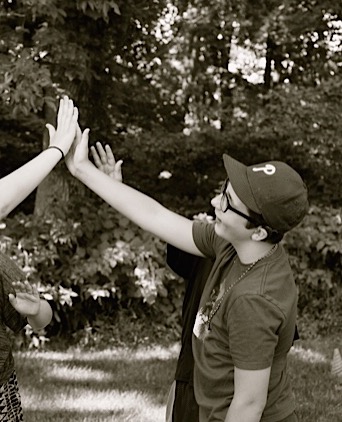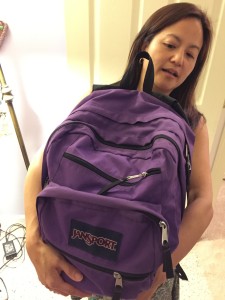Sore throat relief

Many times parents bring their children with a sore throat to our office to “check if it’s strep.” Some are disappointed to find out that their child does NOT have strep. Moms and Dads lament, “But what can I do for him if he can’t have an antibiotic? At least strep is treatable.”
Take heart. Strep or no strep, there are many ways to soothe your child’s sore throat:
- Give pain medication such as acetaminophen (brand name Tylenol) or ibuprofen (brand names Advil or Motrin). Do not withhold pain medicine before you bring her in to see her pediatrician. Too many times we hear parents say, “We wanted you to see how much pain she is in.” No need for this! Pediatricians are all in favor of treating pain as quickly and effectively as possible. Pain medicine will not interfere with physical exam findings nor will it interfere with strep test results.
- Give lots to drink. Some kids prefer very cold beverages, others like warm tea or milk. Avoid citrus juices since they sometimes sting sore throats. Frozen Slurpies or milkshakes, on the other hand, feel great on sore throats. Tell your child that the first three sips of a very cold drink may hurt, but then the liquid will start to soothe the throat. Watch for signs of dehydration including dry lips and mouth, no tears on crying, urination less than every six hours, and lethargy.
- Provide soft foods if your child is hungry. For example, noodles feel better than a hamburger on a sore throat. And ice-cream or sherbet therapy is effective as well.
- Try honey (if your child is older than one year) – one to two teaspoons three times a day. Not only can it soothe a sore throat but also it might quiet the cough that often accompanies a sore throat virus. Give it alone or mix it into milk or tea.
- Kids older than three years who don’t choke easily can suck on lozenges containing pectin or menthol for relief. Warning: kids sucking on lozenges may dupe themselves into thinking they are hydrating themselves. They still need to drink to stay hydrated.
- Salt water gargles are an age-old remedy. Mix 1 teaspoon of salt in 6 ounces of warm water and have your kid gargle three times a day.
- Magic mouthwash: For those older than 2 years of age, mix 1/2 teaspoon of liquid diphenhydramine (brand name Benadryl 12.5mg/5ml) with 1/2 teaspoon of Maalox Advanced Regular Strength Liquid (ingredients: aluminum hydroxide, magnesium hydroxide 200 mg, and simethicone) and give a couple time a day to coat the back fo the throat prior to meals. The Maalox coats the throat and the benedryl acts as a weak topical anesthetic (pain reliever). Do not use the Maalox formulation which contains bismuth subsalicylate because bismuth subsalicylate is an aspirin derivative, and aspirin is linked to Reye’s syndrome.
- For kids three years and older, try throat sprays containing phenol (brand name Baker’s P&S and Chloraseptic® Spray for Kids). Use as directed.
Strep throat typically does not cause a bad cough, profuse runny nose, ulcers in the throat, or laryngitis. If your child has these other symptoms in addition to her sore throat, you can be fairly sure that she does NOT have strep. For a better understanding of strep throat, see our updated post on this topic.
The following are each a very important sign that a child with a sore throat needs to see a doctor for further evaluation:
1-can’t swallow (kids might even spit out their own saliva)
2-can’t open his mouth fully
3- hurts so much that the pain is not alleviated with the above measures in this post
4- presence of fever 101F or higher for more than 3-4 days
5-is accompanied by a new rash
Please also see our prior post on how to tell if you need to call your child’s doctor for illness.
Julie Kardos, MD and Naline Lai, MD
©2016, 2015, 2012 Two Peds in a Pod®t
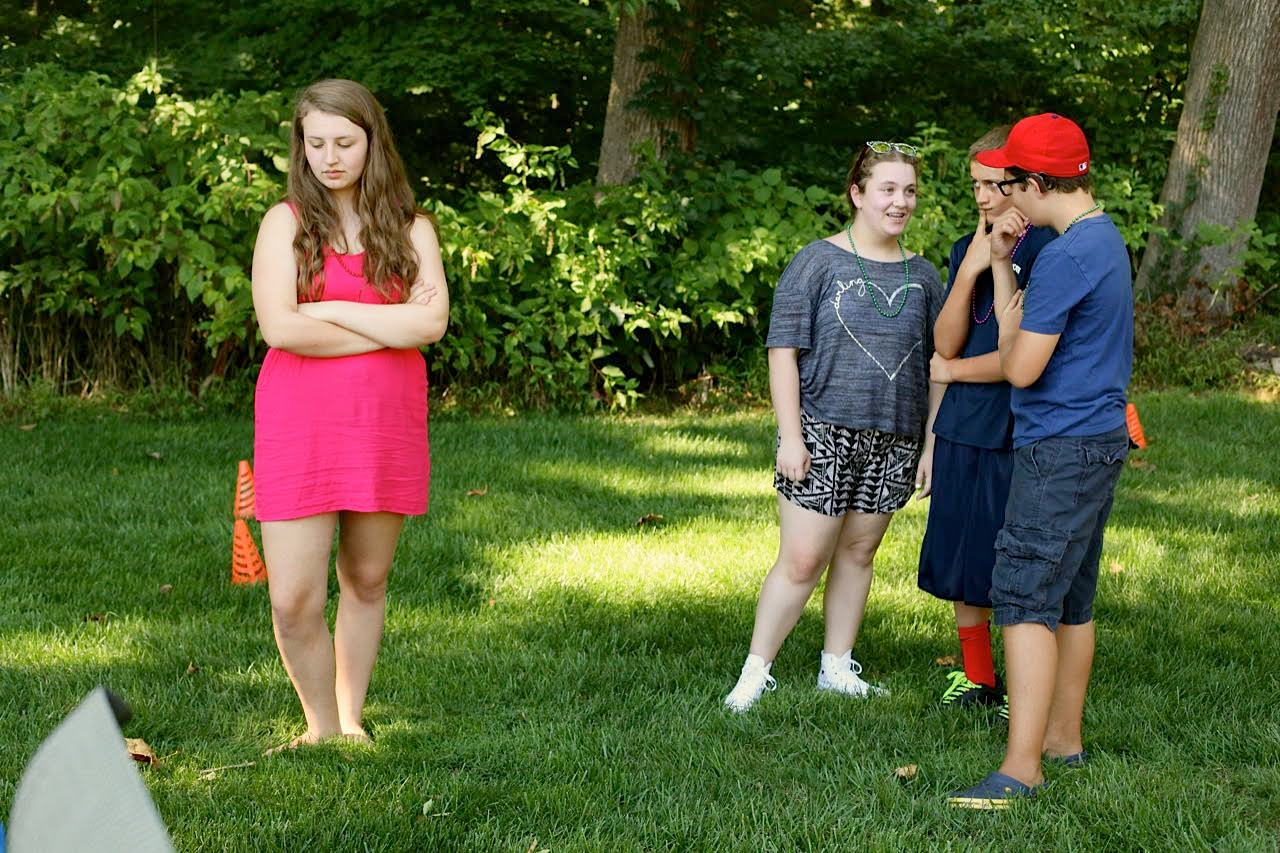

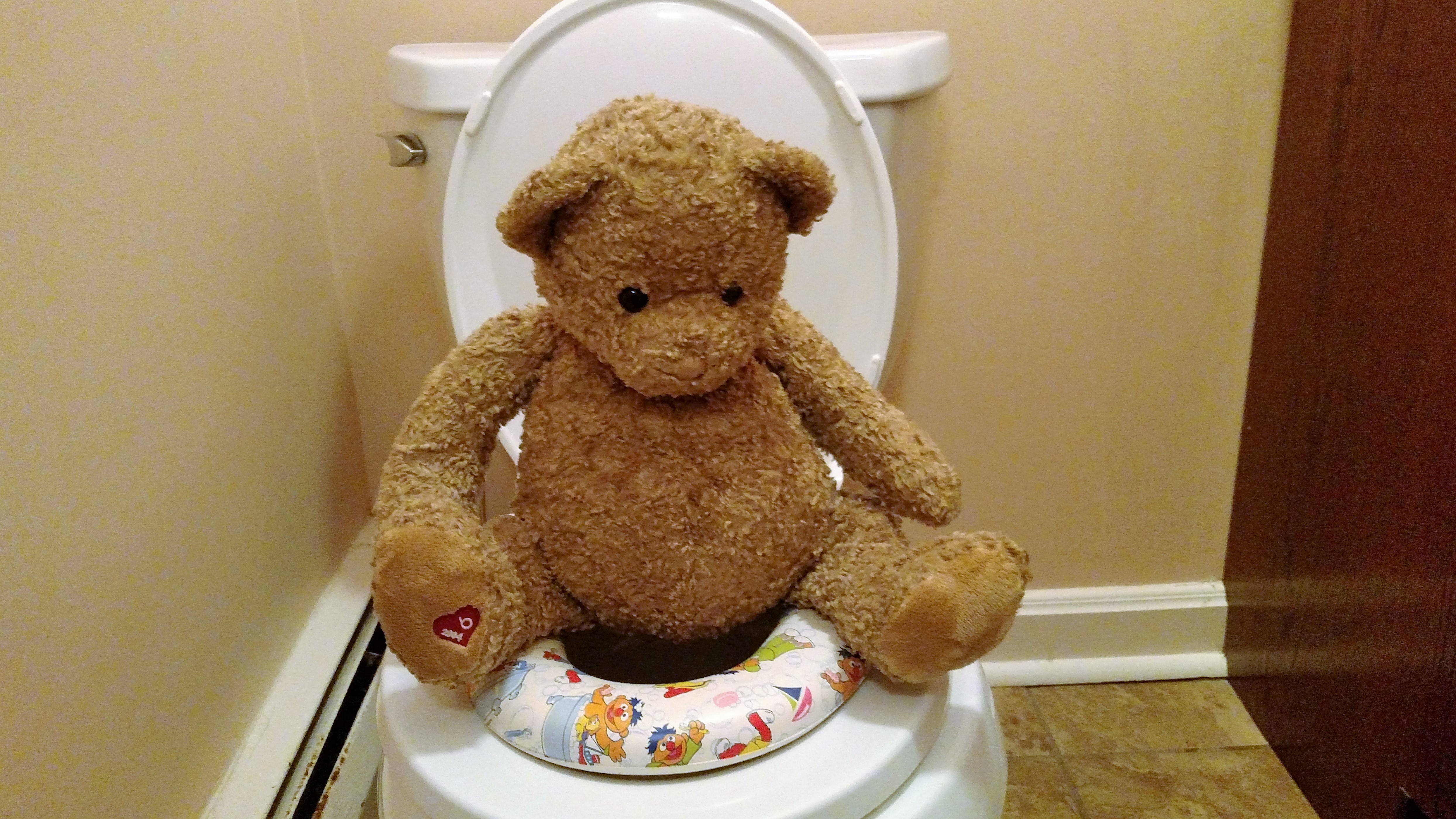 A shout out to Trinity Day School in Solebury, PA where we spoke with a group of parents yesterday about the pearls and pitfalls of potty training. Today we share some of what we discussed.
A shout out to Trinity Day School in Solebury, PA where we spoke with a group of parents yesterday about the pearls and pitfalls of potty training. Today we share some of what we discussed.
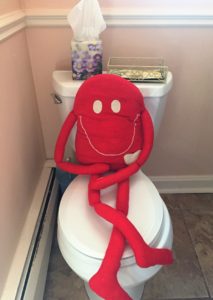 We invite you to come out on Thursday, October 20, from 9:30 to 10:30am when we will lead a discussion for parents about a topic near and dear to all toddler parents’ hearts. Join us for Potty Training: Pearls and Pitfalls at
We invite you to come out on Thursday, October 20, from 9:30 to 10:30am when we will lead a discussion for parents about a topic near and dear to all toddler parents’ hearts. Join us for Potty Training: Pearls and Pitfalls at

